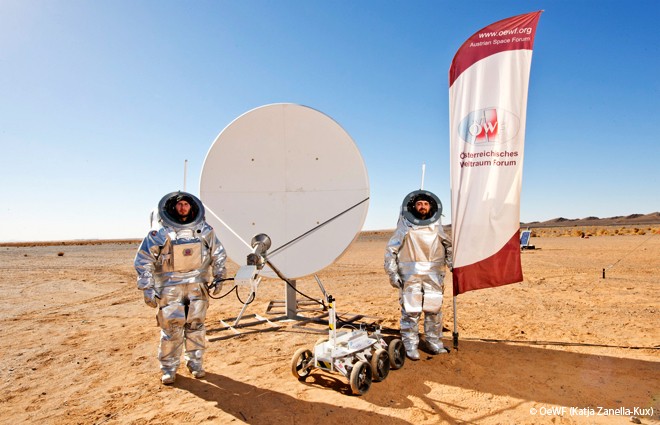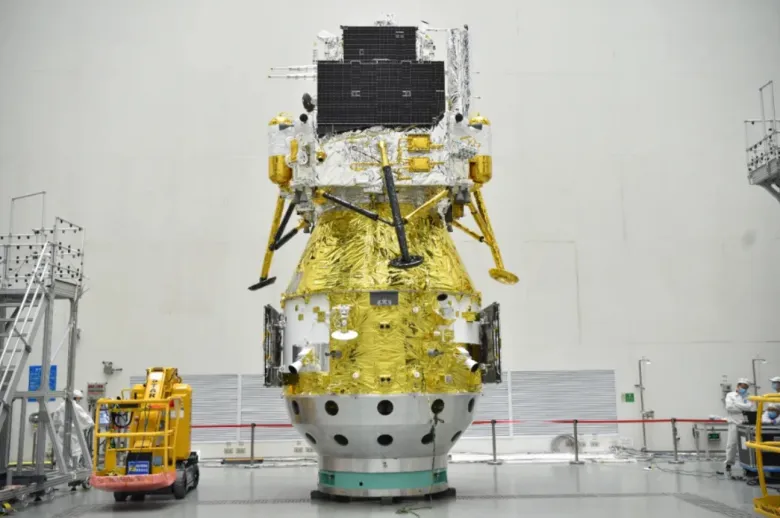
The recent success of China’s non-manned spacecraft landing on the far side of the moon marks a significant milestone in the ongoing space race. China’s mission aims to collect valuable minerals from the lunar surface, sparking global debates on the ownership of space resources and environmental concerns related to space exploration.
While ambitions to reach Mars are on the horizon for figures like Elon Musk and the UAE, the immediate focus remains on lunar missions for mineral extraction and the establishment of international moon bases to support future space explorations.
Related: AI creates pottery glaze that could work on Mars
China’s successful lunar landing enhances its reputation in the space exploration arena, where multiple nations, including the United States, are vying for access to lunar resources to sustain long-term space missions and establish human settlements on the moon.

Lunar Plants Research Documentation, NASA
Related: This start up creates Lunariums to grow plants on Mars
A Chinese spacecraft successfully lands on the moon’s far side to gather rock samples, heightening the space race against the United States and other nations in lunar exploration.
China’s Chang’e-6 mission, named after a Chinese moon goddess, aims to collect valuable data from the previously unexplored far side of the moon, which holds significant scientific mysteries.
The mission is set to drill and extract moon surface materials for further study, showcasing China’s commitment to space exploration and scientific advancement.

Morocco and Austria also want to go to Mars!
Scientific and International Collaboration Onboard
China’s Chang’e-6 mission includes collaboration with various international scientific missions, showcasing global efforts in space exploration and research.
The mission carries instruments developed by international entities such as the Swedish Institute of Space Physics and contributions from France, Italy, and Pakistan, highlighting the spirit of cooperation in space exploration.
China’s vision to establish a human presence on the moon and launch manned missions to Mars aligns with NASA’s plans for lunar exploration, shaping the future of space exploration.

Would you live on Mars or the moon?
The plan for an International Lunar Research Station by the 2030s symbolizes global collaboration in lunar exploration, with numerous nations and organizations joining forces for the next frontier of space discovery.
A recent Chinese moon mission brought back valuable minerals, including the discovery of a new phosphate mineral named Changesite-(Y), fueling excitement for further lunar exploration and resource extraction.
Joining the space-mining race are countries like Luxembourg, Japan, and the United Arab Emirates, along with private companies aiming to capitalize on the vast resources of asteroids and celestial bodies.
As humanity ventures into space mining and exploration, questions arise about resource ownership, environmental sustainability, and ethical considerations in the use of space resources for the benefit of all.






